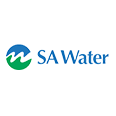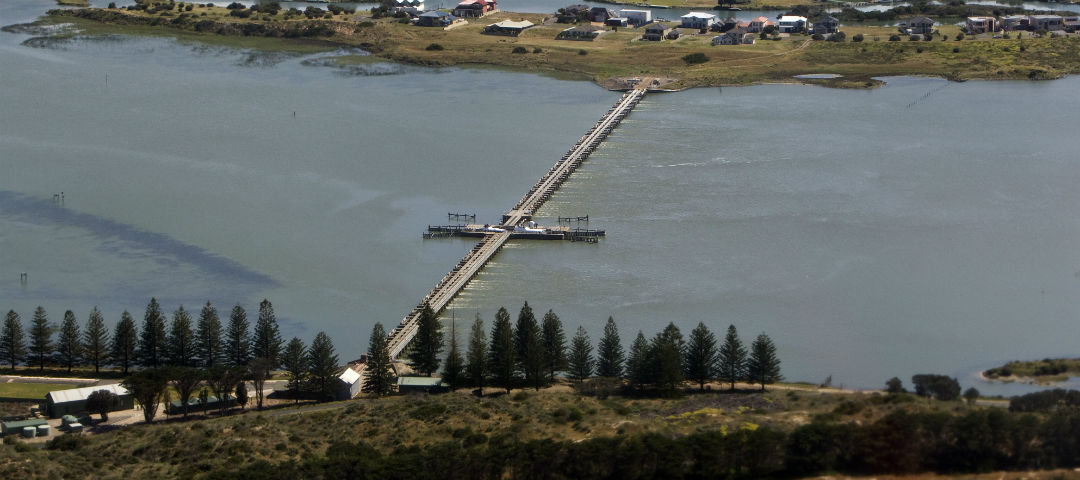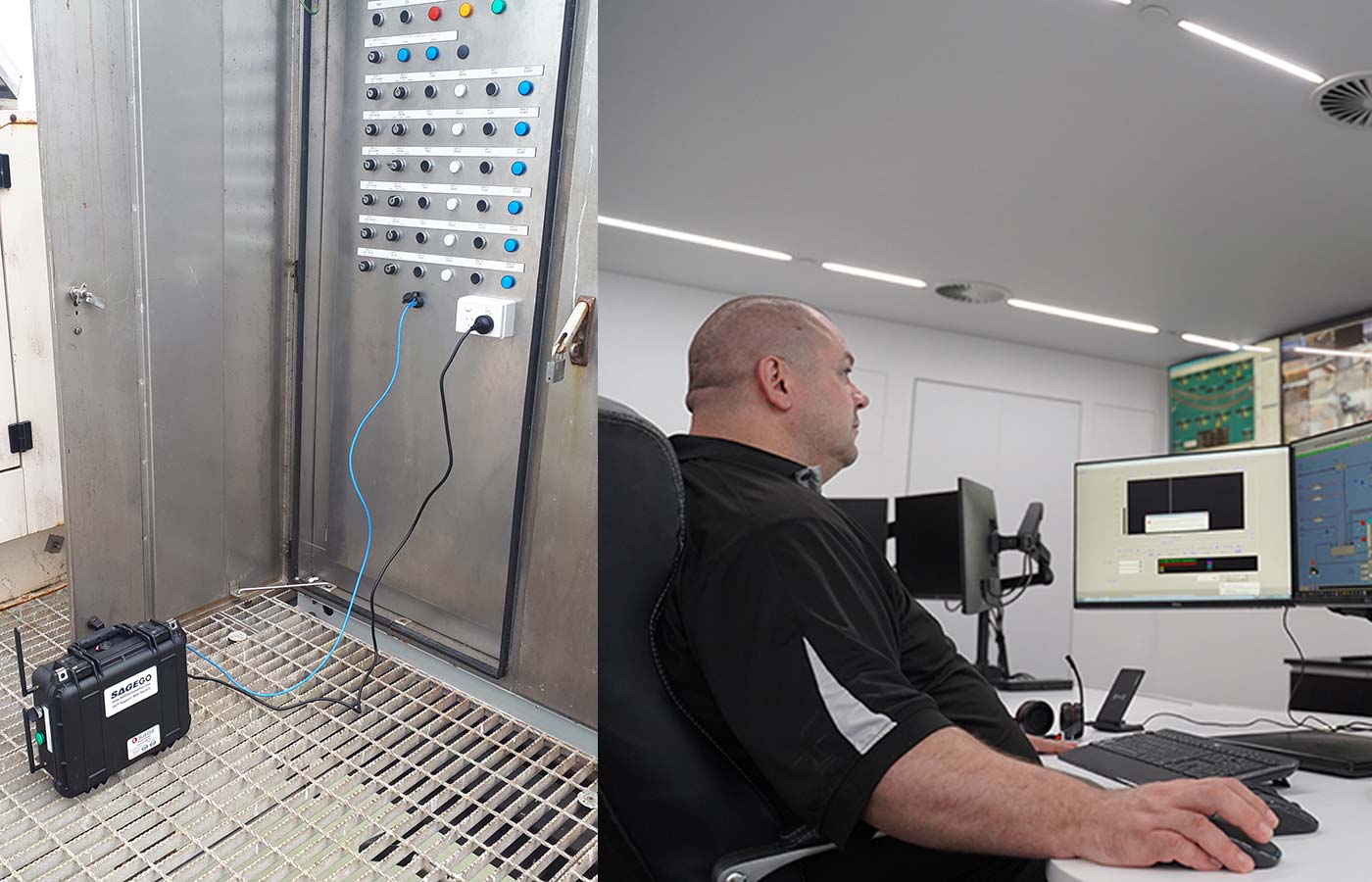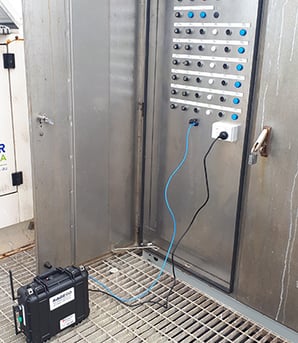Through remote access, SAGE has been able to deliver faster fault-finding.
With a Senior Service Technician able to remotely access the onsite equipment from the NOC, many faults can be identified and corrected without the need for travel time (upwards of three hours) to the site. This has significantly reduced costs for the client.
During the period the NOC has been providing remote monitoring (18 months), technicians have been able to correct a number of faults, provide support during improvements and detect issues. When damage was occurring to cables onsite, SAGE staff were able to detect that this was being caused by local wildlife, allowing the client to find a faster solution.
Both SA Water and SAGE are able to access the SCADA through smartphones, allowing for better visibility over assets and faster resolution of faults, without the need to be in an office.
With SAGE Automation's remote service, industrial operators can keep critical operations online, resolve faults and improve processes - all without needing technical support to come to the site. Find out more about our remote support services.









